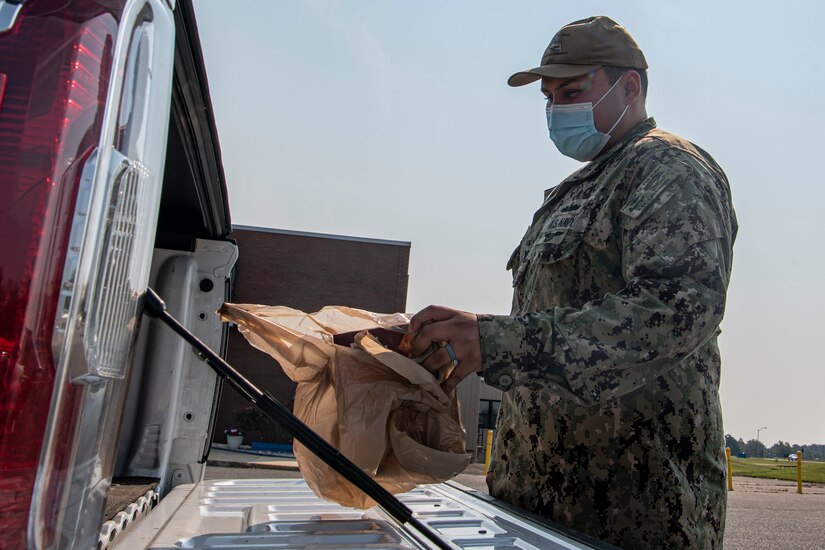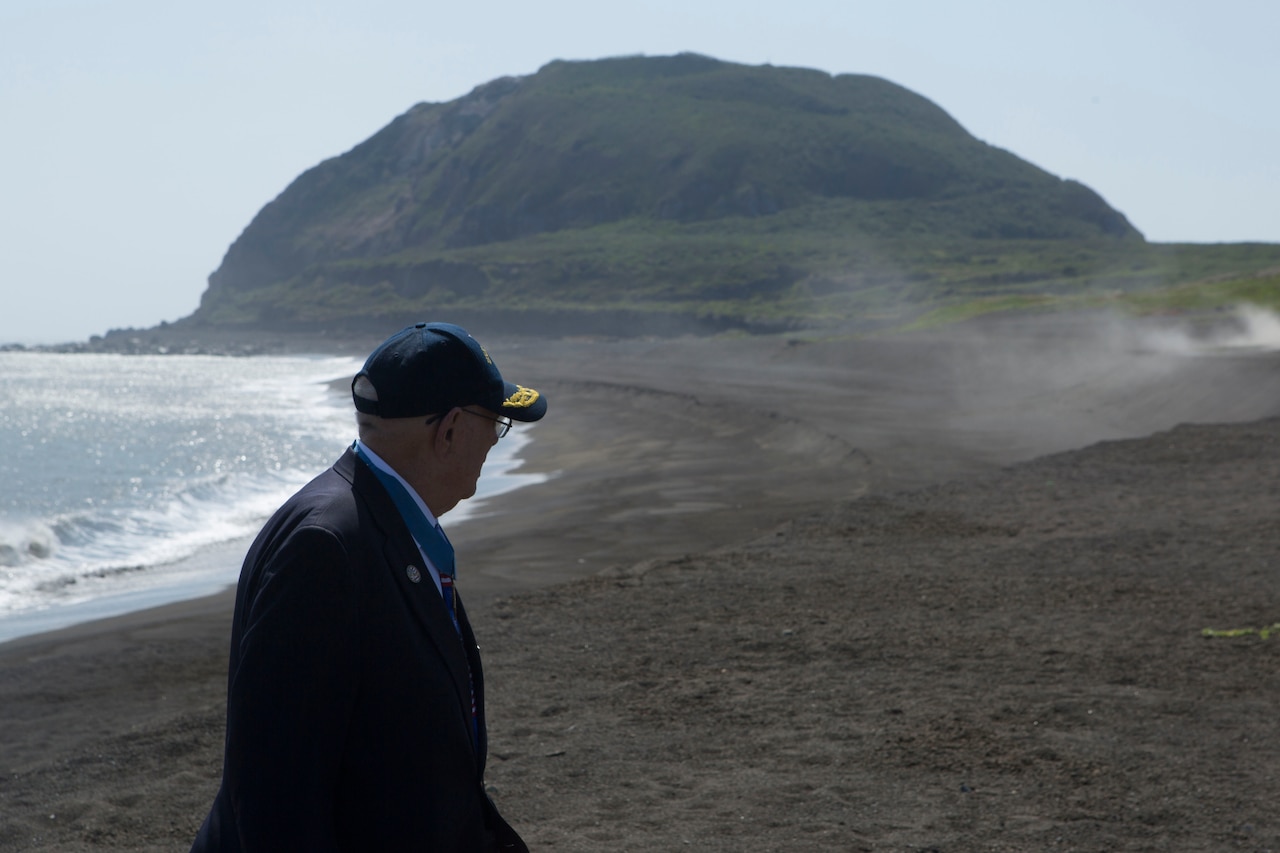The Patriot Express is a commercial charter flight contracted by the Defense Department to transport passengers on official military duty and their families.

Navy Vice Adm. Dee Mewbourne, deputy commander of Transcom, traveled to Virginia’s Dulles International Airport on Aug. 28 to observe an airflow particle test onboard a United Airlines 767 aircraft.
Most viruses and other germs do not spread easily on flights because of how cabin air is circulated and filtered. However, social distancing is difficult on crowded flights, and travelers may have to sit near other people, increasing the risk for exposure.
“U.S. Transcom’s goal is to provide the safest possible means of transportation for military members, dependents and contractors,” Mewbourne said, while watching the test. “They are depending on the Patriot Express to get to their destination, which is why we require masks and only load to 80 percent capacity. This test will help enhance our understanding of what is going on in the cabin. We hope to find out how the virus patterns spread and how rapidly the virus is filtered out of the aircraft.”
The aerosol tests took place Aug. 24-31. They were performed by the Zeteo Tech and Defense Advanced Research Projects Agency on aircraft most contracted by Transcom, the Boeing 767-300 and 777-200.
Mannequins with and without face masks sat in various seats on an aircraft while small amounts of fluorescent tracer particles, or simulated infectious particles, were released at 2 to 4 minute rates during a combination of ground and in-flight events. Real-time fluorescent particle sensors were placed throughout the aircraft at the breathing zone of passengers to retrieve the data. The tracer amounts will be measured in multiple rows for four sections of an airframe: forward, forward-mid, mid-aft, and aft.
“The test will help U.S. Transcom understand the aerosol particle field generated by a passenger shedding viral material and the exposure risk to crew and passengers,” said Navy Lt. Cmdr. Joseph Pope, Transcom Operations directorate liaison for the airflow particle test.

There were many scenarios considered for the test. Three configurations were tested, two ground and one in-flight: in-flight in the cabin and cockpit; at the terminal with the jet bridge connected to the aircraft and the cabin door open; and at the terminal with doors closed using an auxiliary power unit to power aircraft cabin air recirculation using ground air supply.
“This data collected will eventually inform the Department of Defense on contact tracing requirements needed for specific aircraft,” Pope said. “It will also be used to develop strategies like cabin loading and seating configurations to mitigate potential risk of inter-person transmission of the aerosol particles.”
One of the initial responses to the coronavirus by the DOD was to stop or limit travel including air. In May, the travel ban was lifted for military members and certain categories of space-available (Space-A) travelers, but this came with new restrictions to prevent the spread of COVID-19 while traveling.
Military members and families are still required to participate in a restriction of movement prior to departure, to wear a mask the entire flight and quarantine for 14 days upon arrival depending on their final destination. Airlines are also sanitizing surfaces routinely. However, even with these prevention methods, a small number of travelers arrive at their destination testing positive for the virus, but there has been no clear evidence to date the virus was contracted while aboard the flight.
“Once the data is put into a computational fluid dynamic computer model, we hope it will assist in determining if specific passengers on an aircraft should isolate when an asymptomatic COVID-19 positive individual has traveled,” Pope said. “It could be the difference between the whole aircraft isolating compared to one person.”
The aerosol test will conclude and results are due to the command in September. Data will then be reported to the DOD COVID Task Force and mission partners. This test was conducted in partnership with Boeing and United Airlines, as well as DARPA, Zeteo Tech and the University of Nebraska.
(Stephenie Wade is assigned to U.S. Transportation Command).





















